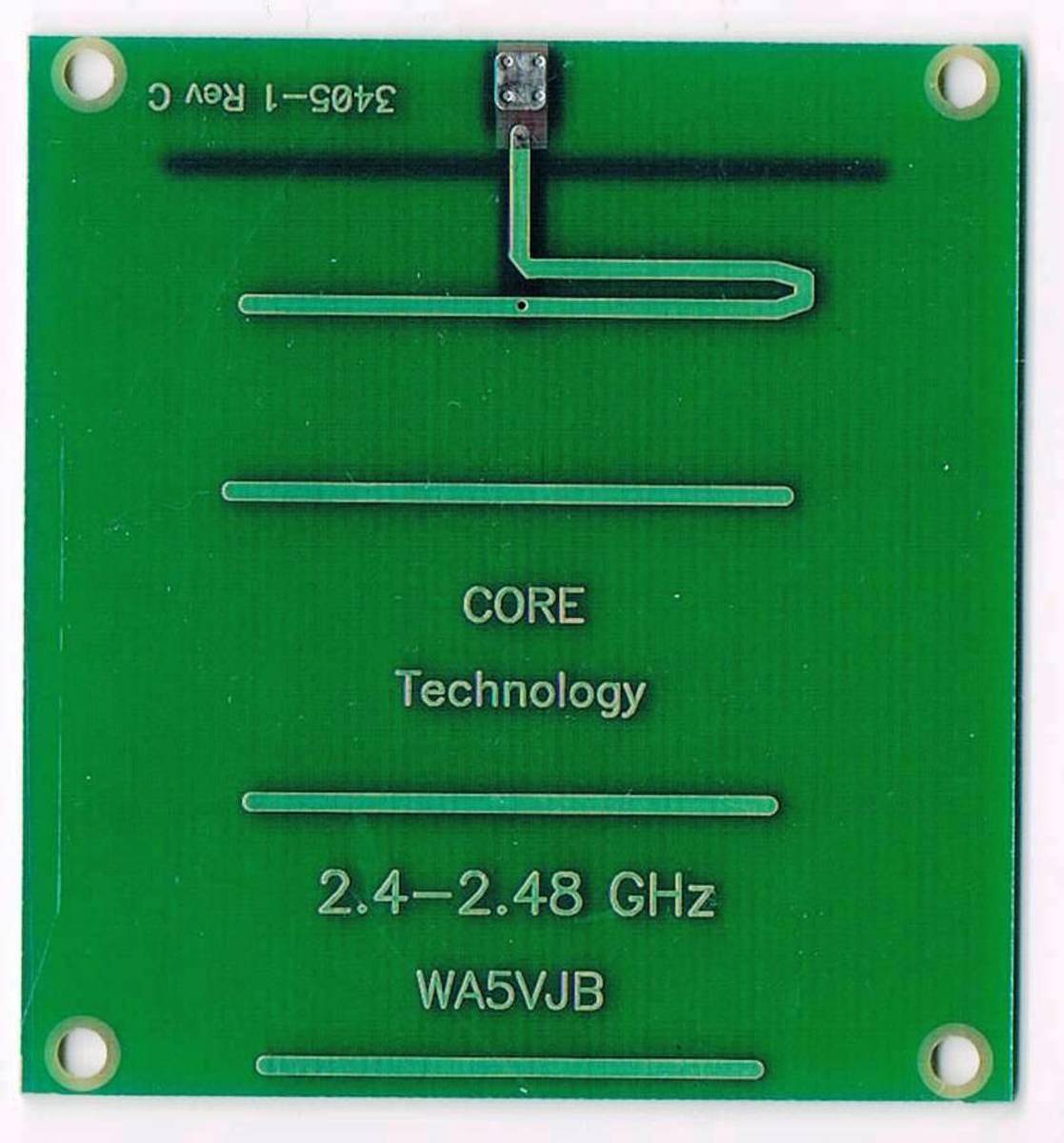Self Destructing Electronics
Movie ideas come to life
Electronics that self-destruct at a press of a button, dissolving back to their base elements.
Seen only in movies, the disposable gadgets which self-destruct and disappear like magic after use might become real in the near future.
Today, the notion of planned obsolescence is a highly respected policy starting with the manufacturers in the auto industry which use cheap galvanized anticorrosion metal sheets, home appliances using plastic gears instead of metal one and ending with manufacturers of mobile phones, for which painted plastic is the base ingredient no matter how expensive the end product is.
Obsolescence
Soon this tactic might be taken to a whole new level, encouraged obsolescence through more or less visible ways, will be replaced with a method which has guaranteed and immediate effects. Therefore our favorite gadgets might be ordered to self-destruct when stolen or why not out of the warranty period (scary thought), leaving behind only residues of prime materials used to manufacture it.
This plan is backed up by DARPA which announced a financing program for developing of electronic equipment that can be self-destructed with a flip of a switch. A first response was given by a scientist from Iowa State University, which demonstrated a technology that allows building of electronics which dissolve in water. Among the winners of the financial program we also find IBM, the company receiving 3.45 million dollars to create a microchip capable of remote self-destruction.
Electronics that dissolve after use
Iowa State University
The team from Iowa State University lead by Reza Montazami, specialist in mechanic engineering, is completing the scheme materials made from degradable polymers. The result is a new breed of temporary electronic devices that for starters could be used in the military or health domains, for example: medical sensors that dissolve and disappear from the body after a while.
According to Montazami, there is no limit for how complex these temporary electronics can be. His demonstrations have included a transmitting antenna that dissolved after use, leaving behind only metal scrapings and a LED, which after functioning for a while emitting blue light it disappeared without a trace.
Check out the video bellow
Transient Electronics, Iowa State University
Is it a good thing?
Even if silicon microchips don’t dissolve, they can be compromised through the method discovered by IBM and completely destroy the equipment, without leaving a clue about what it was before or the purpose it was used for.
From my point of view, this will give hacking a whole new threat level this technology needing a software connection to the equipment.
Although, if we think about the recycling abilities it would develop, why have tons and tons of plastic, and metal when you can have prime materials at the end of an equipment’s life cycle.



